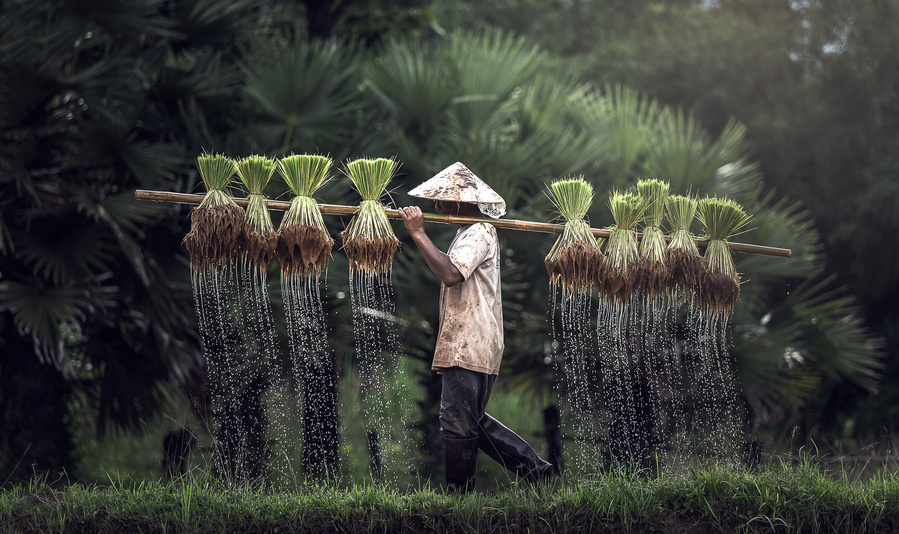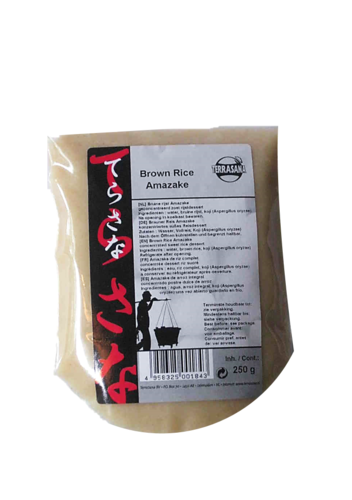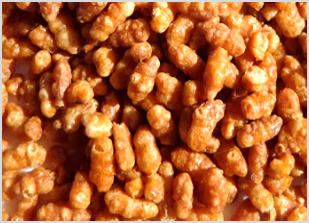Categories Food Worldwide Rice and rice products
Rice and rice products

There are more than 120,000 types of rice worldwide. In Japan alone, over 600 rice varieties are registered, of which around 250 are marketed.
Rice is categorized according to the following criteria:
- Size and width of the grain of rice
- Origin
- Ratio of the two starches contained amylose and amylopectin
The size and width of the rice grain lead to a division into
- Long grain rice
- Medium grain rice
- Short grain rice
The origin stands for
- the climatic influencing factors
- Cultivation and typical processing methods of the respective region,
which is reflected in the quality of the respective rice variety.
The ratio between the two starches amylose and amylopectin determines the ability of the rice grain to absorb liquids and the bite resistance after cooking.
- The more amylopectin there is in the rice grain, the more liquid can be absorbed during cooking and the stickier the rice will be.
- The more amylose a grain of rice contains, the more the grains separate after cooking and the more firm the rice is to the bite.
| Asian sticky rice | 0% |
| Italian Venere | 17% |
| Italian Arborio | 17% |
| California Calrose | 18% |
| Japanese Koshihikari | 19% |
| Italian Carnaroli | 22% |
| Italian Vialone Nano | 23% |
| Spanish Bomba | 23% |
| Thai Jasmin | 24% |
| Indian Basmati | 26% |
The ability to absorb liquid during cooking is particularly valued in kitchens in which the grain of rice is supposed to absorb the taste of the other ingredients during cooking - e.g. in Mediterranean cuisine. The stickiness is important where the rice grains should adhere to each other after preparation, e.g. with fried rice or extremely with Japanese mochi.
In addition, the release of starch during the cooking process plays a role for the professional cook. Where this is not desired, the rice should be cleaned of starch before cooking, e.g. with Japanese sushi rice. For rice dishes in which a creamy consistency is desired, rice varieties are selected that release starch when cooked. In return, the rice should not be washed and the cooking method should force the grains to rub together - e.g. with risotto.
The ideal rice therefore depends on the respective dish and the ideas of the respective national cuisine. Examples of rice dishes and types of rice typically used:
- Indian curry - Basmati
- Thai fried rice - jasmine
- Spanish paella - bomba
- Italian risotto - Carnaroli, Arborio, Vialone Nano
- Japanese sushi - Koshihikari, Calrose
- Japanese mochi - sticky rice
| 21 - 25 of 25 results |
|




















